I’m Sarah, a Naturopathic Doctor, wellness enthusiast and health-foodie. I’m a well-being advocate and green kitchen guru who is living my true purpose while guiding patients through their personal health journeys. I’m also a complete and utter health food fanatic who wants to see everyone benefit from eating healing foods!
May 15, 2020 By Sarah White No Comments
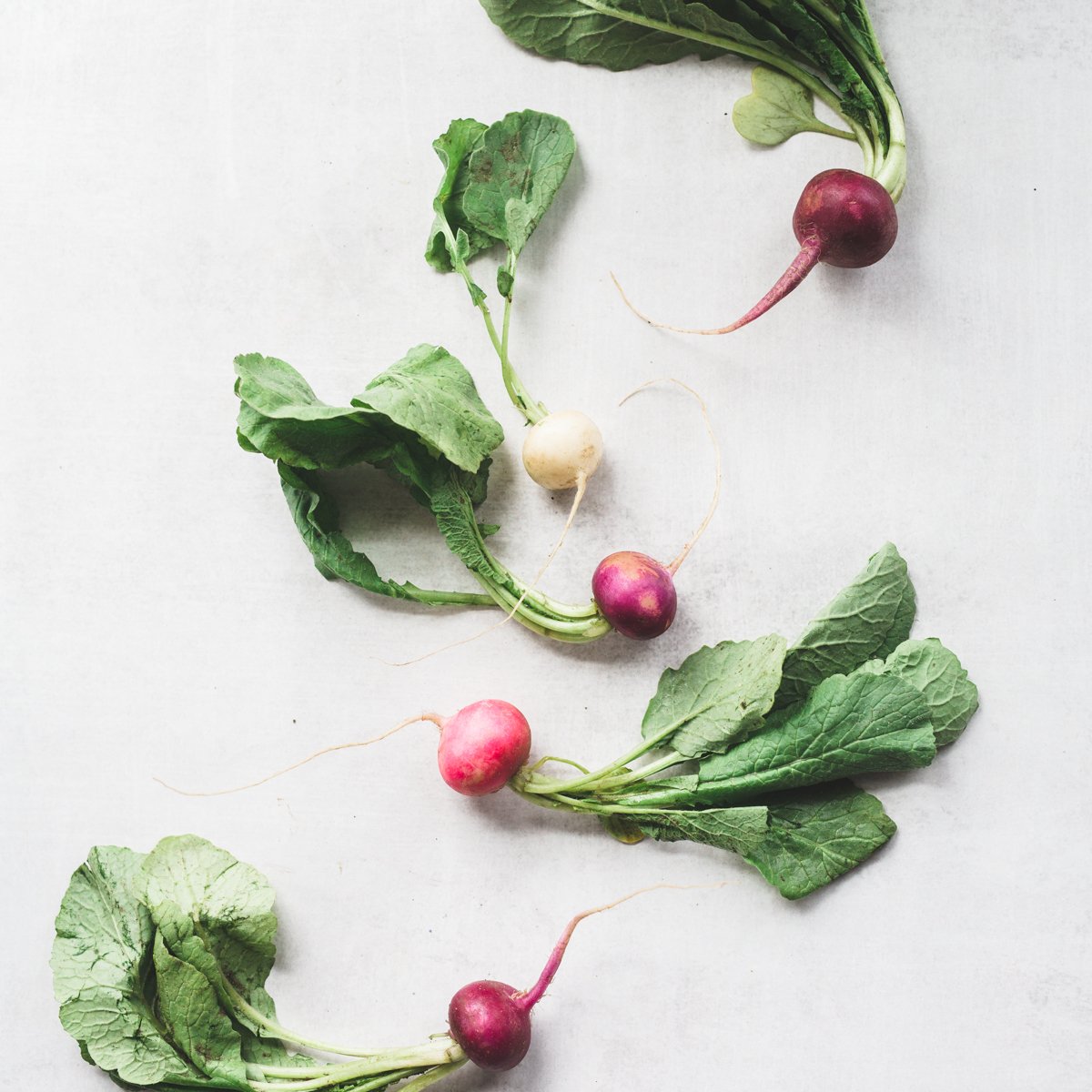
I have been thinking a lot about self sufficiency lately … I’ve always been an funny mix of city girl / country girl – I love being near restaurants, galleries and my friends but at the same time I’m drawn to quiet moments in nature and constantly dream about a simpler life on a farm with my family and dog. We’d host dinner clubs, run a small clinic / apothecary where I could help people heal surrounded by nature, and live entirely off our own land (plus Kyle would have to finally say yes to my bee-keeping dreams if we had more acreage, right?). While country living & small-scale organic farming is definitely in our future, for now, I’ve settled on a compromise which I like to call ‘urban homesteading’. We currently live in a tiny bungalow in the west end of the city with a big (by Toronto standards) yard in which we grow our own food & medicinal herbs and raise sassy little backyard chickens. Note: while currently chicken-less we’ll be getting 3 new chicks by the end of the month – just wanted to give our new pup some time to settle in before Clementine, Buckwheat and Madame Nicolai join the family. Homesteading, self-sufficiency and a the idea of a simpler life have been at the forefront of many of our thoughts lately as Canadians consider what life, post-COVID-19, will be like. I highly suspect that when this is all over self-reliance, on both a macro (buying local) & micro level (growing our own food) will become more important than it has been in decades.
Victory gardens were the vegetable, fruit and herb gardens planted at people’s homes during World War I and II. In the 1940’s governments encouraged people to plant these victory gardens as a way to reduce pressure on the public food supply and to boost morale during difficult times. At one point these at-home gardens produced about 40% of the fresh vegetables in North America as people were empowered to grow food in their own backyards during unstable and fearful times. The idea of growing our own food is one that has begun to resonate with more Canadians as trips to the grocery store are associated with with fears of coronavirus exposure. On top of that, we’ve also seen how this pandemic has already hindered our ability to access fresh food.
While I’m by no means equating staying at home safe with our loved ones for a few months to the hardships endured during war I do think that we could all use a morale boost and some positive distraction during these tense times. In addition to providing fresh food, research tells us that gardening can directly boost happiness and improve overall well being. There is increasing evidence that exposure to plants and green space, particularly gardening, is beneficial to mental and physical health. Not only does it get us outside for fresh air and vitamin D – gardening can also directly improve health and happiness since studies show that the microbes we are exposed to from dirt can positively influence your mood. I personally feel amazing after an afternoon in my garden. I treat that time with my plants like a meditation and I love knowing that, come summer, I can wander out to my backyard and feed my family with produce that I’ve lovingly grown myself.
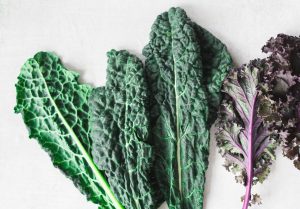
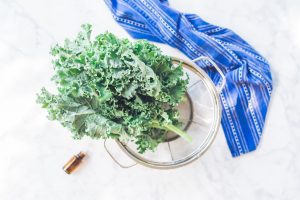
Gardening in Ontario can be a little confusing since the weather in April / May can often be erratic and unpredictable. Just this month I’ve gotten a sunburn, and it’s snowed – all in the same week! This is a collection of everything I’ve learned about gardening in my small plot of land in Toronto, as I hope it inspires your to grow your own ‘victory garden’ this year.
May is the perfect time to begin planting root vegetables, like beets, carrots, parsnips, radish and onions. When the soil is just thawed enough that the top isn’t frosty in the mornings you can directly plant seeds in the ground without worrying about them freezing. It’s also a safe time plant quick-growing flowers like sunflowers and morning glories and early season vegetables like lettuce, kale.
Early June is the ideal time start your garden if you’re using store bought plants and flowers. At this time I move the seedlings that I’ve been working on indoors to their summer home in the outdoor garden. It’s also the time of year when I zip to my local garden centre for pepper, cucumber, beans, summer squash and tomato plants along with fresh herbs like basil, sage and chives. Consider the amount of sunlight your garden will get throughout the day when deciding which plants to grow. Shady gardens can be planted with endive, leeks, spinach, radish and cabbage, while carrots, onions, tomatoes, peppers, beans and squash will need as much sunlight as they can get. Herbs like parsley, chives and basil do well with partial sun so I often grow them close to the house where I can access them quickly while I’m cooking plus they end up with a little shade in some parts of the day.
In early September you can add some more carrots and onions in the ground for another harvest in the fall. It’s also the time to get your fall plants like garlic (best to plant mid-October), spinach and kale into the ground which should last through early winter.
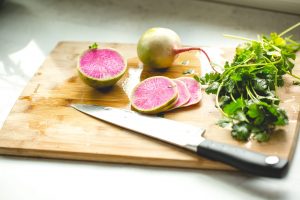
You can optimize your victory garden results by planting with purpose, ie: pairing plants that work well together. Some plants are amazing at repelling insects while others can actually aerate the soil around them or improve soil quality for other plants. Take advantage of what I’ve learned through the years by grouping plants carefully:
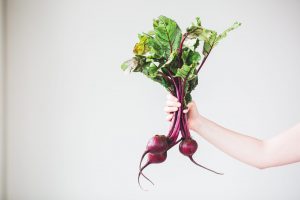

Dr. Sarah White is a Naturopathic Doctor, Integrative health expert and the founder + CEO of This Doctor’s Kitchen — your evidence-based resource for all things health and wellness. Dr. Sarah takes a food-first approach to health with a focus in fertility, longevity and natural beauty. She is recognized as an expert in women’s hormones, thyroid health and anti-aging. Dr. Sarah is a published health author with features in Elle Canada, Best Health, EcoParent & Whole Family magazine.